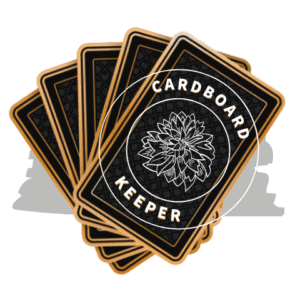MTG is a complicated game, and there’s little more complex than its keywords – like the Shroud ability. I’m sure we’ve all played a match where we’ve been unable to target an opponent’s creatures. What’s up with that; how does Shroud work in MTG?
You can’t target a player or permanent with Shroud with spells or abilities, regardless of who controls them. Cards with the Shroud keyword aren’t invulnerable, you can block them and remove them with methods that don’t target.
Now that we understand Shroud basics, we can see how this keyword mechanic functions in practice. This article will look at the most frequently asked questions about the Shroud keyword in MTG and give examples to explain them.
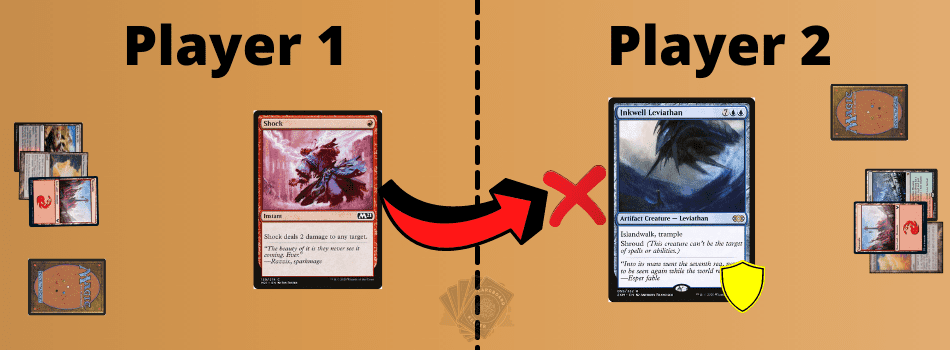
How Does Shroud Work With Targeting?
Can I target your creatures if they have the Shroud ability? You can not target creatures you control if they have the Shroud ability. Unlike many other protection abilities, the Shroud keyword prevents both players from targeting a creature. So, you cannot target your creatures with Shroud.
To understand how Shroud works in practice, let us look at a couple of examples. Imagine I control Inkwell Leviathan, a powerful Shroud creature.
Not only does this threat have island walk and trample, but your opponent can’t kill it with targeted removal either. Instead, they would need to make you sacrifice this creature to get rid of it.
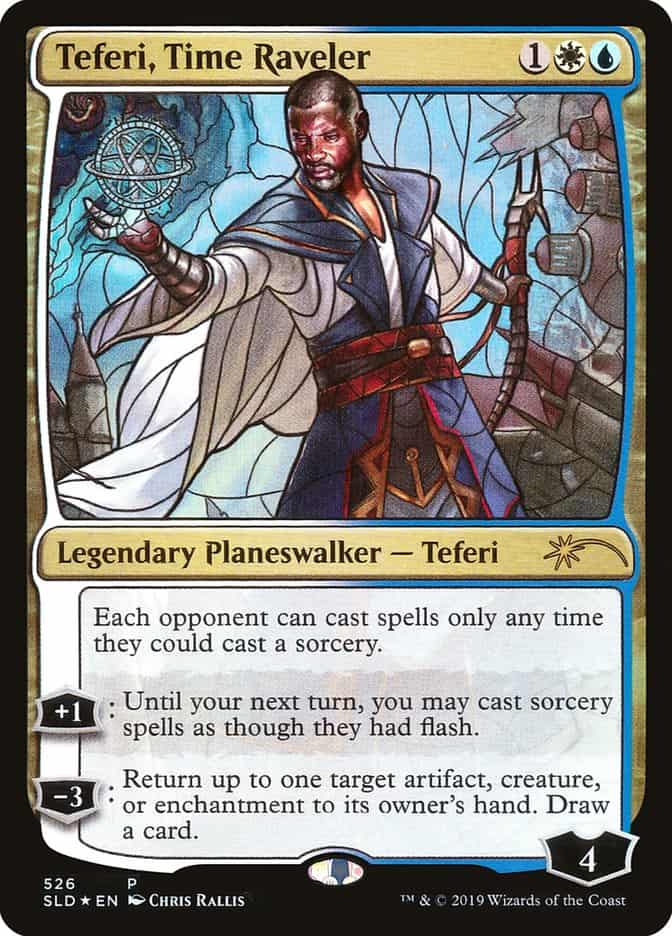
Shroud also protects from planeswalkers. That means your Inkwell Leviathan is safe from Teferi, Time Raveler, and other planeswalkers with targeted abilities.
Next, suppose I have Goldspan Dragon in play – a creature without the Shroud keyword. So, your opponent can target this card, like with Cast Down. However, there’s still a chance to save your creature.
Certain cards can give a creature the Shroud ability. I can cast an instant like Tortoise Formation to give your Goldspan Dragon Shroud until the end of the turn. In that case, the Cast Down no longer has a target – the spell fizzles.
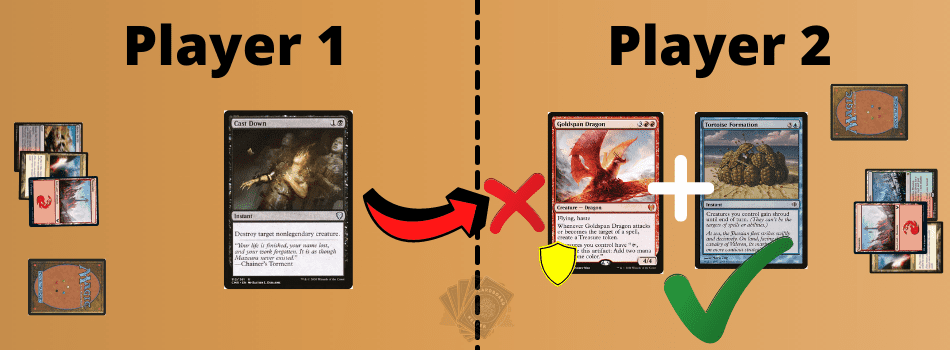
You can also give other permanents the Shroud keyword – a vital part of particular strategies.
Sterling Grove can protect your other enchantments, while Indomitable Archangel keeps your artifacts safe from targeted destruction.
Not only that, if the player has Shroud, they’re immune to targeted spells and abilities too. Cards like Ivory Mask, Solitary Confinement, and True Believer give their controller Shroud. By doing so, they can use singlehandedly beat decks like Burn and 8 Rack decks.
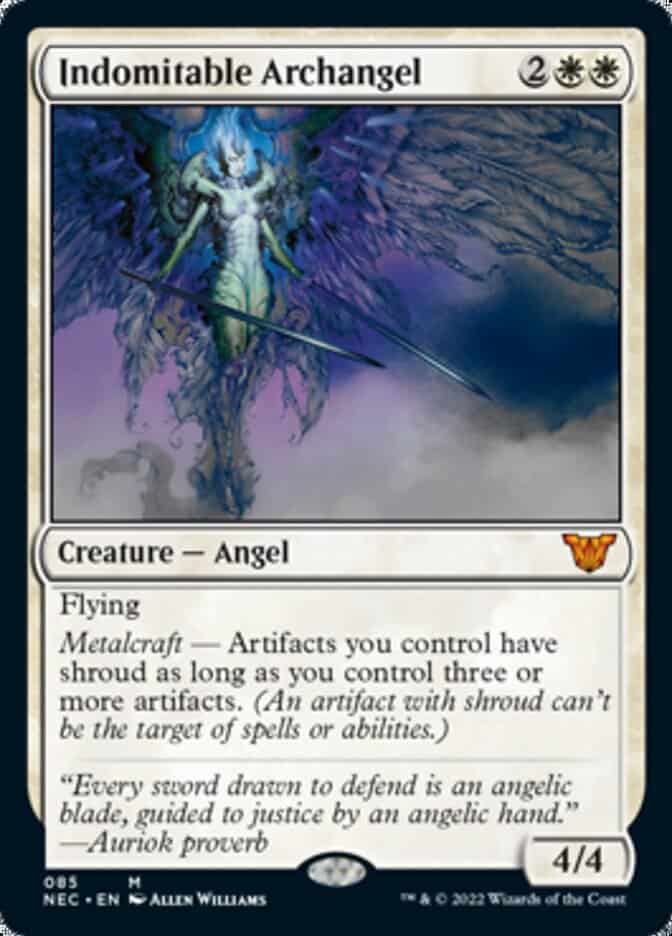
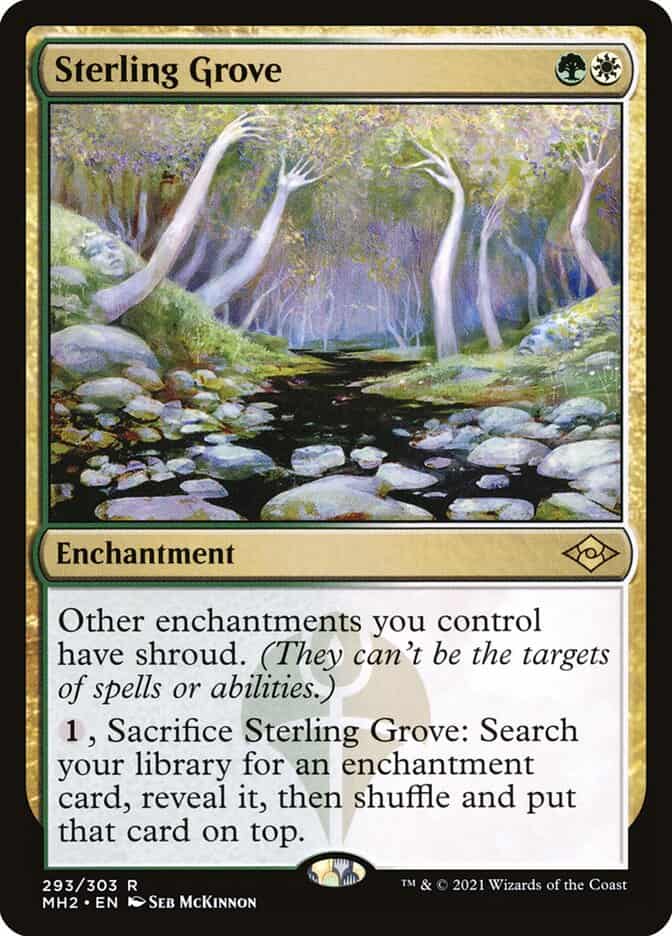
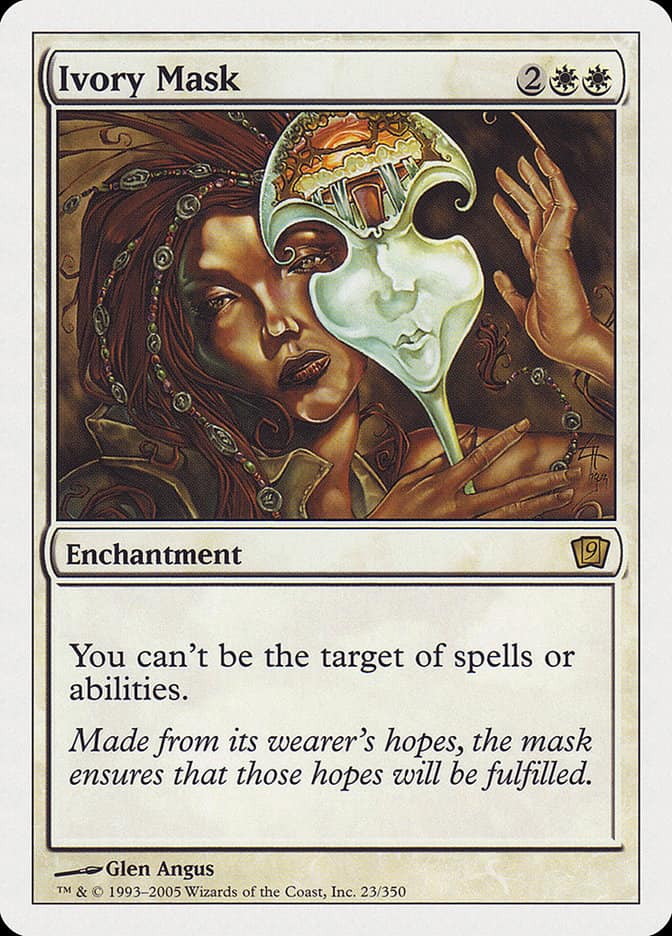
Also, remember that targeting isn’t the same as choosing.
So, spells and abilities that force you to choose a creature won’t stop you from selecting a Shroud creature. Similarly, you can choose to block a Shroud creature – or attack with one.
In that case, even if you control only Inkwell Leviathan, you must still choose to sacrifice it if your opponent plays Chainer’s Edict.
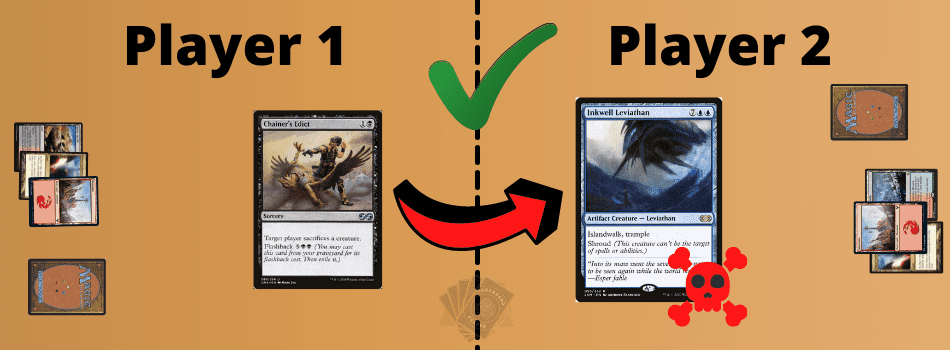
Last, Shroud only applies when the permanent is on the battlefield.
Spells on the stack don’t have the Shroud ability – and neither do cards in the graveyard. So, if I have an Inkwell Leviathan in the graveyard, your opponent could exile it with Lion Sash.
What’s The Difference Between: MTG Shroud vs Hexproof
Shroud isn’t the only ability that stops an opponent from targeting your creatures – ward, protection, and Hexproof all have this effect. But Hexproof is the keyword ability most similar to Shroud, so what’s the difference between them?
Although your opponent cannot, you can target permanents with Hexproof that you control. Conversely, nobody can target a permanent that has the Shroud ability – not even its controller.
Although these keyword abilities seem nearly identical at first, they make for very different gameplay. Creatures with Hexproof are far more versatile than their Shroud counterparts since you can interact with them.
You can equip, enchant, and mutate your Hexproof creatures, and you can otherwise target them too. But Shroud creatures make all those tactics pointless. So, the Shroud ability can be dull to play with and against in matches.
It’s because of that lack of total interaction that MTG replaced Shroud with Hexproof. Although they occasionally still print Shroud cards, the keyword isn’t evergreen anymore. Conversely, you can expect to find Hexproof cards in every set.
If you want more information on how the “Hexproof” keyword works in Magic The Gathering, check out my guide on everything you need to know about Hexproof.
ALSO READ: Hexproof MTG: How Does It Work [Rules, Vs Shroud, FAQ]
Does Shroud Protect From Board Wipes?
Shroud doesn’t protect from board wipes. This is due to the fact that Shroud stops your opponent from targeting you or your permanents. It doesn’t prevent a creature from being destroyed if a player doesn’t target it.
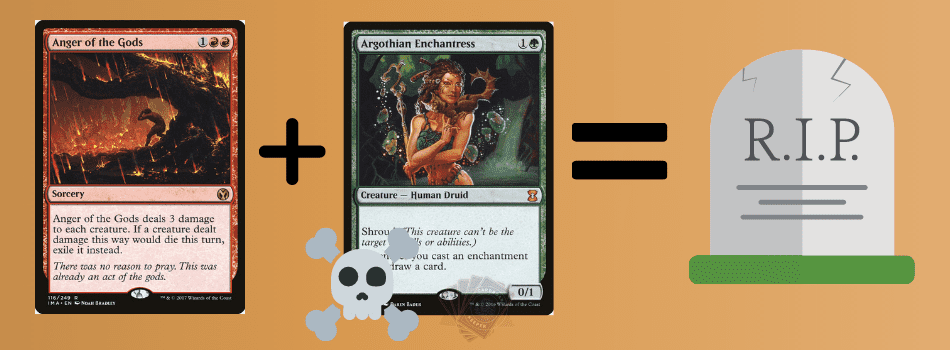
So, suppose you control Argothian Enchantress, a Shroud creature. While your opponent can’t destroy it with Fatal Push, it isn’t immune to board wipes. Because cards like Doomskar and Anger of the Gods affect your card without targeting it, they can destroy it.
How Do You Get Around Shroud?
We’ve already discussed that you can get around Shroud with board wipes, but other ways can defeat this ability. For instance, you can force an opponent to sacrifice their Shroud creature with a card like Liliana of the Veil or Sudden Edict.
Not only that, but you can also kill Shroud creatures in combat. However, your opponent won’t generally attack with them. It’s possible to block them with a powerful creature and destroy the Shroud creature that way.
You can also counter Shroud spells. Because Shroud only applies while the permanent is on the battlefield – not the stack – you can counter them. Doing so saves you from having to deal with the threat entirely.
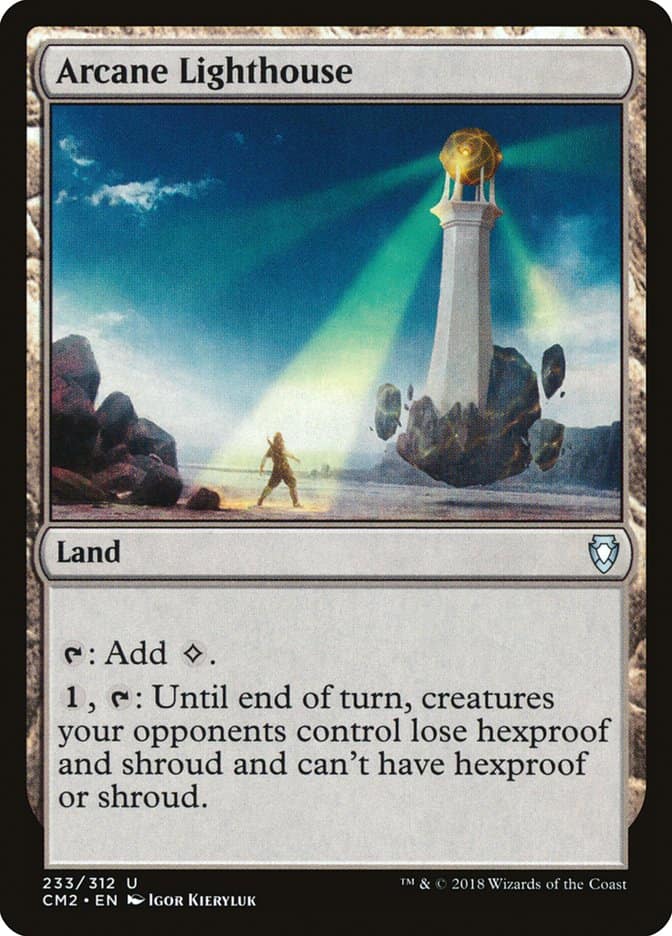
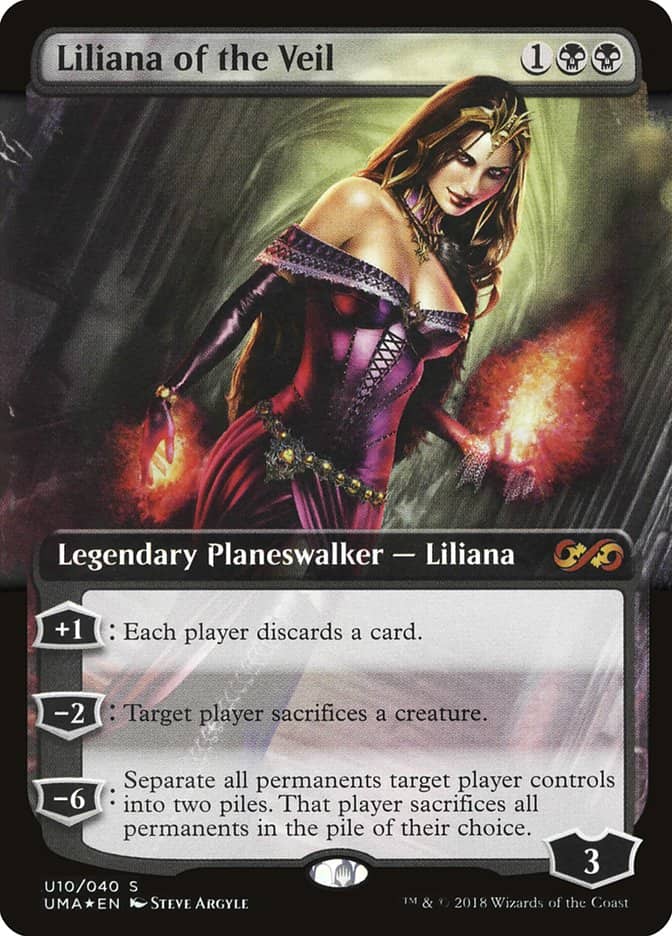
If you’re playing EDH, consider adding an Arcane Lighthouse to your deck, too. This land taps to remove Shroud and Hexproof from your opponent’s creatures for a turn.
Last, if a player has the Shroud ability, you can still attack them. You can’t target them with spells and abilities – but attacking is neither. Likewise, ensure that you destroy the card that’s giving them the Shroud keyword so you can target them as usual.
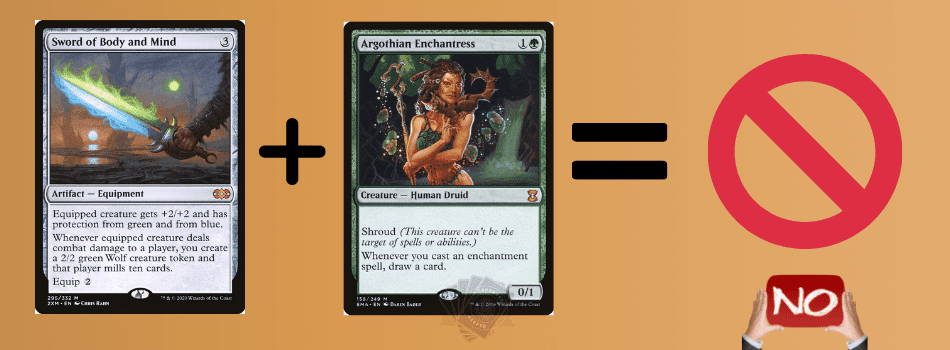
Can You Attach Equipment To Shroud?
You cannot attach Equipment to a creature with a Shroud ability. The equip ability targets the creature you attach the Equipment to, so Shroud counters it.
One of the primary downsides of Shroud creatures is that you cannot equip or enchant them, so Voltron strategies aren’t viable.
However, if you give a creature the Shroud keyword once it already has Equipment or Auras attached to it, you don’t need to remove those cards. Instead, you get a powerful creature that your opponent can’t target whatsoever.
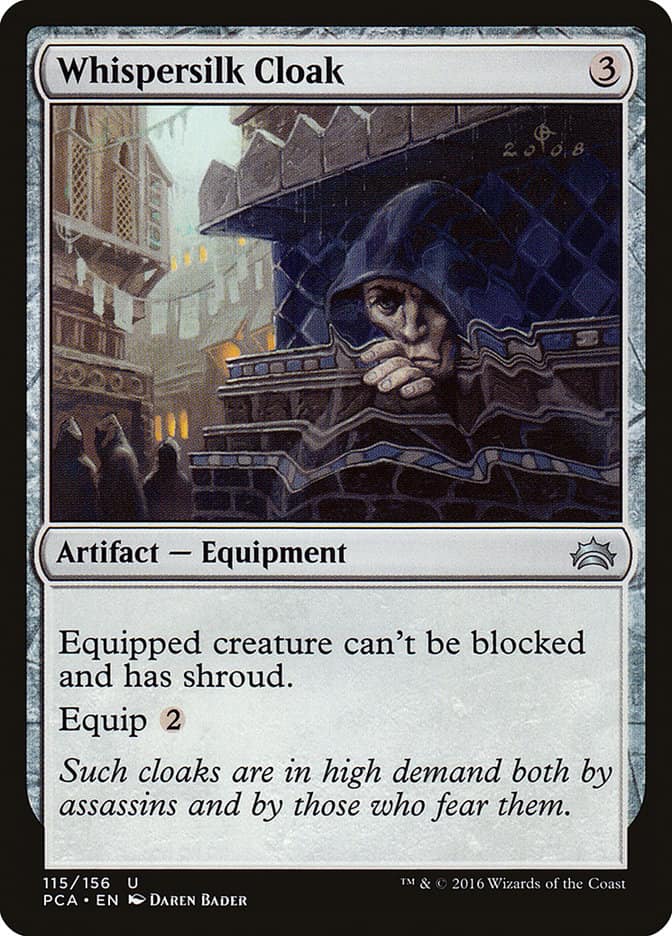
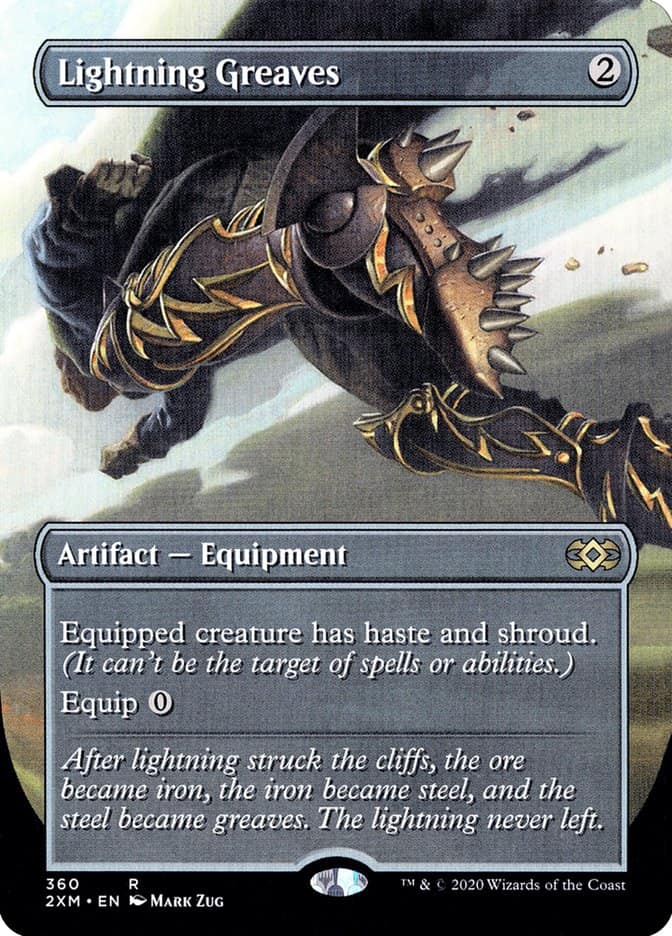
Not only that, but some Equipment cards give a creature the Shroud keyword. Lightning Greaves, General’s Kabuto, Whispersilk Cloak are all versatile Equipment that can protect your creature from targeted removal. They also give it other buffs.
MTG Shroud Rules
- 702.18a Shroud is a static ability. “Shroud” means “This permanent or player can’t be the target of spells or abilities.” (Source)
- 702.18b Multiple instances of Shroud on the same permanent or player are redundant. (Source)
Conclusion
To conclude, the Shroud ability is an MTG keyword ability that prevents players from targeting something with spells or abilities. Although it is obsolete nowadays, certain Shroud cards remain powerful additions to several decks. Not only that but giving yourself Shroud is an excellent way to protect yourself from aggressive decks.
